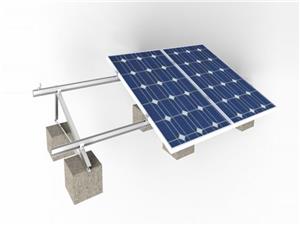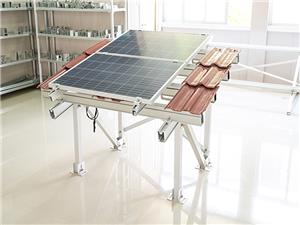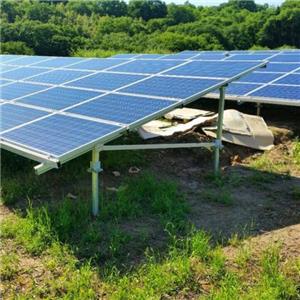Which solar mounting systems are popular in many countries
Which solar mounting systems are popular in many countries
A solar mounting system is a method used in fixing and securing solar panels onto their specific surfaces. These surfaces can be, waterbodies, rooftops, or ground. The surfaces provide the support needed to hold the solar panels in position.
There are different types of solar mounting systems used across the world. This article explains these systems, their installation process, their advantages and disadvantages, which countries use them most, and why.
1. Ground solar mounting system
Here, the solar panels are mounted on the ground. There are a variety of options under this system to choose from. These options are as follows;
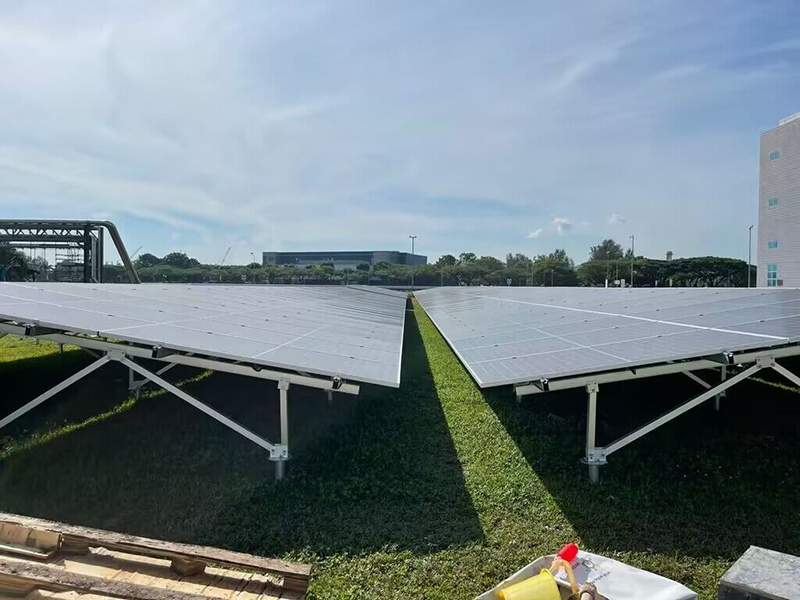
Pole mounts
Small solar panels are installed on a single steel pole. The poles are anchored on the ground with concrete, then solar panels are installed on top of the poles. This option is ideal for residential purposes since a single pole can hold more than one solar panel.
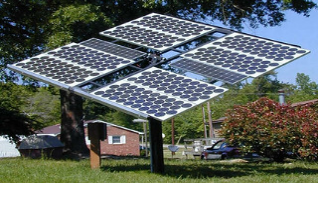
There are two types of pole mounts, the side pole mount, and the top pole mount. The side pole mount is used for smaller panel installations and lighting purposes.
The top pole mount is designed to endure heavy weather conditions. They are made of heavy steel mounting sleeves, strong backs, and heavy elevation pivots that allow them to support big solar panels.
l Multi-pole mounts
This type is almost the same as the pole-mounted one. The difference is that here all solar panels are aligned horizontally in a single line and not separated as in the pole-mounted one. In this type of mounting, the solar system can be extended horizontally with additional vertical supporting pipes.

This system requires only one adjustment for all the panels on it since it allows the installation of bigger systems with simpler tilt variability. Unlike the pole-mounted system which needs adjustments for each set of panels. It’s also ideal for shading purposes.
This system involves anchoring a pre-cast concrete block to the ground. The solar panels are then mounted on top of the blocks with the help of steel pipes.
l Foundation mounts
The installation involves excavation of land to put pipes vertically in the ground. The pipes are surrounded by a concrete foundation to help them stand firm in place.
Before installation, the installers asses the site and analyses the soil to determine whether it is strong enough to hold the mounted structures. The type of soil determines the instruments used to mount the structures.
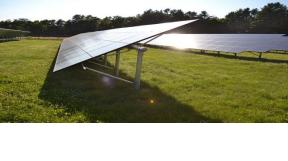
Installation of ground mounting system
The following are the steps involved in ground mounting systems mostly for the foundation mount type.
The first step is establishing the design of the system.
● The dimensioning of the solar system, and how many rows of panels are needed. The number of rows depends on the designs of electricity and the weather conditions.
● The next step is evaluating the soil condition. The soil type matters, whether the soil is clay, gravel, rocky, etc. Also, the foundation is laid depending on the weather condition of the place as well as the weight of the panels.
● Selecting the foundation. The perforation of the ground is checked, to determine the type of foundation to be laid.
● Selecting the materials, size of the pipes, and tubes.
After establishing the design, the process of installation begins.
● Excavating the ground for concrete and then placing the helical piles.
● Fixing the mounting base to the foundation using bolts.
● Fixing the pipes to the base and placing the mounting structures.
● Attaching rails to the structures, depending on the design that the system has settled on.
● Adjusting the solar panels into the rails using the middle and end clamps.
This is the first type of solar mounting system, let’s have a look at the second type.
This system is the most common one, especially for households. It involves mounting the solar panels on top of a roof. This system is quite more affordable than the ground system because the main structure needed to hold the panels is just the rooftop.

Unlike the ground system where aluminum or steel pipes are needed to support the mounted structures. However, it can be time-consuming since the installer has to go on top of the roof and fix everything without damaging the roof.
Since there are different types of roofs, the installation of solar panels can also be different depending on the type of roof.
Some houses have a sloped roof design. In this case, the panels are adjusted using different options as follows:
This system involves attaching rails on top of the roof using clamps and then mounting and securing panels on the rails using screws and bolts.
Unlike the rail mounting option, this system involves securing the panels on the rooftop directly using screws and bolts. Rails are not needed here which makes this method a less expensive one, and the installation is faster.
l Shared rail mounting
Here the number of rails used is reduced and one rail is placed in the middle to be shared by the solar panels. This reduces the cost of installation.
While some roofs are sloppy, other roofs are flat. Flat rooftops use a different system of an installation called the Flat Roof Ballasted Racking System. A set of ballasted blocks are placed on the roof then solar panels are attached to them using clamps and clips.
The installation process for the roof mounting system begins with first the local authority guidelines, then preparing all the required instruments needed for installation. Afterward, the installer has to determine the distance between the rails on the roof.
They then drill the spot hole through the roof, mount the supporting structures then mount the rails. Grounding bolts are then attached to the copper wire which goes to the grounding system of the house.
Later the power optimizers of each panel are installed and attached to the management clips. Finally, the panels are mounted and secured tightly to the structures using clamps and bolts.
Conclusion
The above systems are the most usual solar panel installation system. It’s always upon the user to determine which system to go for. The choice is determined by the location of the user, the budget, and the type of solar system they prefer.

